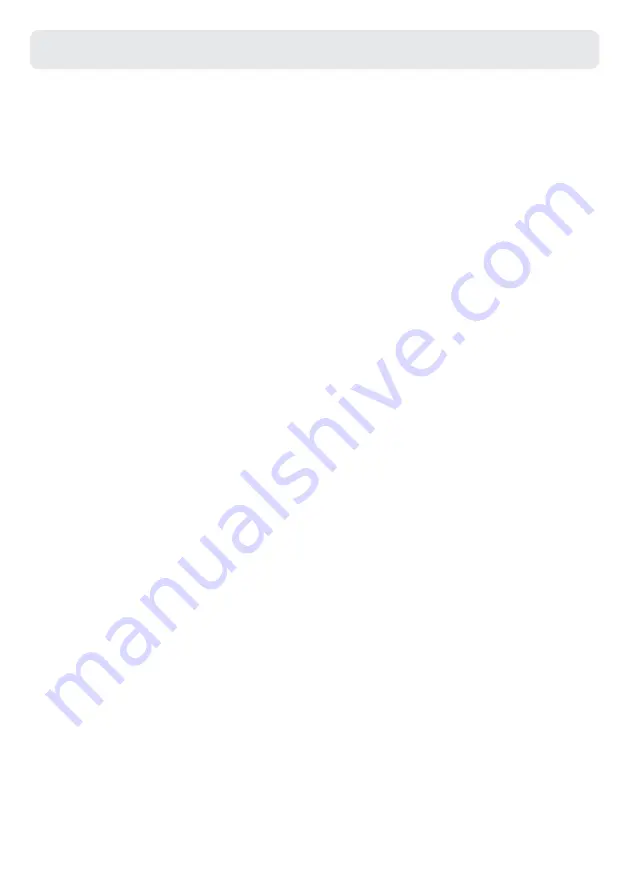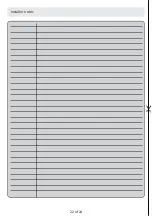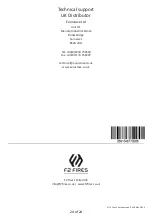
15 of 24
Types of fuel
Wood
Wood needs to be well seasoned before it is burnt. For the best performance, you should use kiln dried wood or seasoned wood with
no more than 20% moisture content. As a general guide, wood should be cut to length, split and then stacked under cover outside with
the sides open to the air, for at least 12 months. You can tell that wood is ready for burning when radial cracks appear at the end of
the logs.
It is then good prac�ce to store the wood in a log basket inside your property for a few days prior to its use. The internal width of the
firebox is 395mm, therefore firewood should be no longer than this and a li�le shorter to aid refueling. Logs over 100mm diameter
should be split before use.
Smokeless Fuel
There are several types of smokeless fuel, we recommend only smokeless coal, coke or brique�es that are HETAS approved and
authorised for use in smokeless zones. Smokeless fuels can give over 30% more heat and last over 30% longer than tradi�onal house
coals, whilst at the same �me emi�ng up to 80% less smoke and 25% less Carbon Dioxide, making it much kinder to the environment.
Smokeless fuels have an excellent heat output and a very long fire life, that easily lasts through the night. Smokeless fuels are not
difficult to light and produce li�le ash.
Anthracite
Anthracite is a natural hard, shiny form of coal that is naturally smokeless. Although anthracite can take longer to light, it can burn for
very long periods producing a large amount of heat per volume It can be a higher price-per-bag than other fuels, but anthracite can
work out to be one of the more cost effec�ve fuels long term.
We recommend the small-nut size. Smaller anthracite nuts pack together �ghter to create a more intense and long las�ng fire bed
which is popular with those looking for efficient heat. Anthracite is a high performance fuel which burns with a high heat and low
flame, and leaves li�le ash behind. Suitable for burning in smoke control areas.
Restric�ons
●
DO NOT burn unseasoned wood in your appliance.
●
DO NOT burn par�cle board, lacquered, painted or treated wood, plas�cs, rubber or liquid fuels.
●
DO NOT use starter fluids or liquid fuels to start a fire
●
DO NOT burn waste. This appliance should not be used as an incinerator.
Should the fire be used to burn any of the restricted materials men�oned above, it will not only invalidate your warranty but may
damage the appliance or cause an unforeseen safety issue.










































